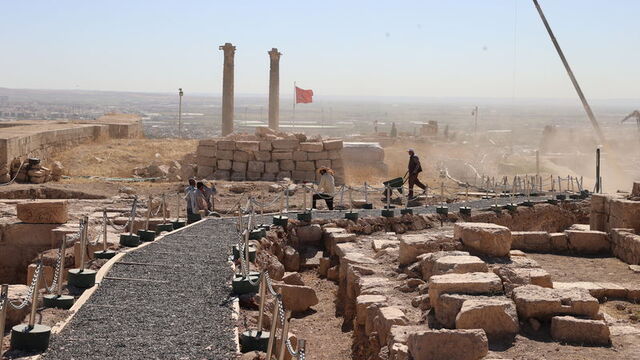
Ancient Tomb Discovered at Urfa Castle: Could It Belong to the Abgar Dynasty?
Archaeological excavations at the historic Urfa Castle in southeastern Türkiye have led to a remarkable discovery that may shed new light on the region’s ancient past. A rock-cut tomb dating back to Late Antiquity has been uncovered on Dambak Hill, just south of the iconic Balıklıgöl. Experts believe the tomb may be linked to the ancient Kingdom of Osroene—also known as the Abgar Dynasty.
A First Inside the Castle Walls
Under the direction of Prof. Dr. Gülriz Kozbe from Batman University and with the support of the Turkish Ministry of Culture and Tourism, excavations at the site have been ongoing since 2020. This year’s work yielded a major breakthrough: the first-ever rock-cut tomb discovered within the inner section of Urfa Castle.
The tomb features a circular stone seal at its entrance and a short corridor leading inside. While the doorway remains sealed, external observation reveals typical characteristics of a rock tomb, including carved benches (klinai) likely used for burials.
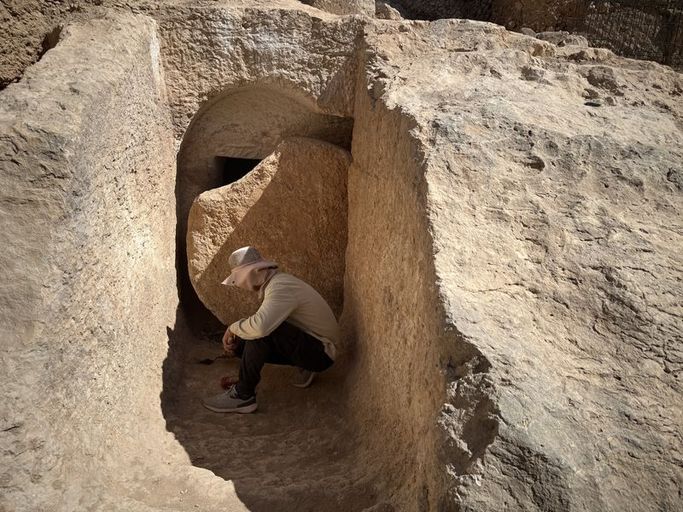
An Enigmatic Inscription in Syriac
Adding to the mystery is a weathered inscription found near the tomb’s entrance, believed to be written in Syriac, an ancient Aramaic dialect. The inscription has yet to be deciphered, but archaeologists hope it may reveal the identity of the tomb’s occupant and offer insight into the social structure of the period.
A Glimpse into the Kingdom of Osroene
Based on architectural and contextual evidence, archaeologists suggest the tomb may date to the 3rd century CE, aligning it with the Kingdom of Osroene—an ancient Aramean state centered in Edessa, modern-day Şanlıurfa. Established in the 2nd century BCE, Osroene was ruled by the Abgarid dynasty and became one of the earliest regions to embrace Christianity.
Historical sources and local tradition attribute a legendary correspondence between King Abgar V and Jesus of Nazareth, in which the king is said to have invited Jesus to Edessa. While the historical accuracy of the story is debated, the legend reflects the kingdom’s deep Christian roots and its cultural significance in the early Christian world.
The people of Osroene spoke Aramaic, and Edessa evolved into a center of Syriac literature and Christian theology by the 5th century. The Abgarid rulers, of Arab origin, maintained a distinct identity while navigating between Roman and Parthian influences before the region was absorbed into the Roman Empire in 216 CE.
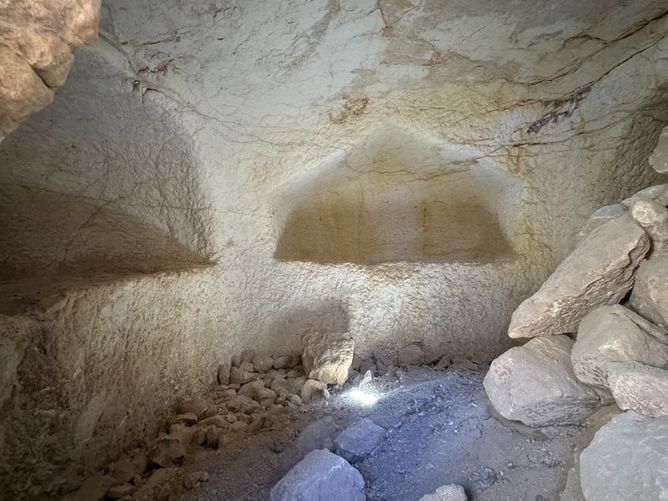
Given the tomb’s location and design, it may have belonged to a member of the Abgar royal family or an elite figure from the Osroene period. If so, this would be the first such find inside Urfa Castle itself. Further analysis of the tomb’s interior, once it is opened, could confirm this hypothesis.
Excavations Continue in Four Zones
The current archaeological work is not limited to the tomb. Excavations are also ongoing in four distinct areas within the castle. Researchers have unearthed a two-story administrative structure from the Mamluk period, as well as residential areas dating back to the late Ottoman era. In addition, two previously unknown towers have been discovered in the western section of the fortress.
Rewriting the Story of Şanlıurfa
With its layered history stretching back millennia, Şanlıurfa is one of Türkiye’s most archaeologically rich cities. While similar tombs have been found in areas such as Kızılkoyun and the lower slopes of the castle, this marks the first time such a structure has been discovered at the very heart of Urfa Castle. The find raises new questions about the region’s past and may help redefine our understanding of the city’s ancient identity.
You may also like
- A 1700-year-old statue of Pan unearthed during the excavations at Polyeuktos in İstanbul
- The granary was found in the ancient city of Sebaste, founded by the first Roman emperor Augustus
- Donalar Kale Kapı Rock Tomb or Donalar Rock Tomb
- Theater emerges as works continue in ancient city of Perinthos
- Urartian King Argishti’s bronze shield revealed the name of an unknown country
- The religious center of Lycia, the ancient city of Letoon
- Who were the Luwians?
- A new study brings a fresh perspective on the Anatolian origin of the Indo-European languages
- Perhaps the oldest thermal treatment center in the world, which has been in continuous use for 2000 years -Basilica Therma Roman Bath or King’s Daughter-
- The largest synagogue of the ancient world, located in the ancient city of Sardis, is being restored

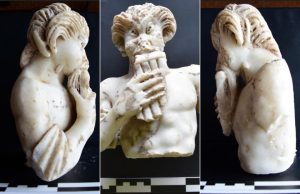
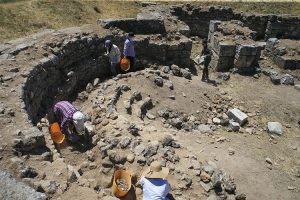
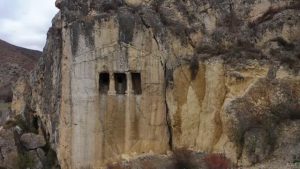
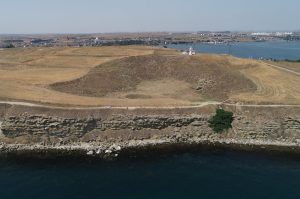
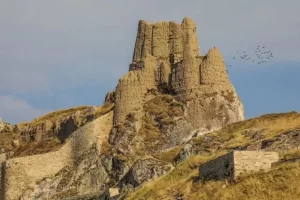
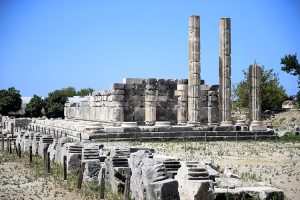
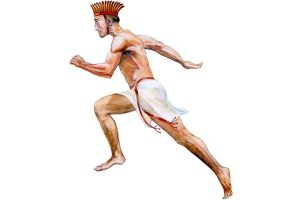

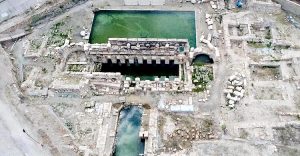
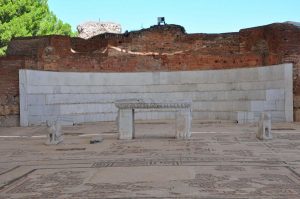
Leave a Reply